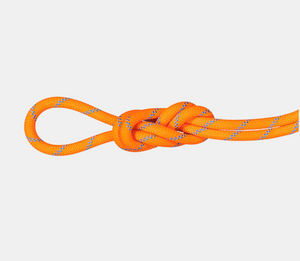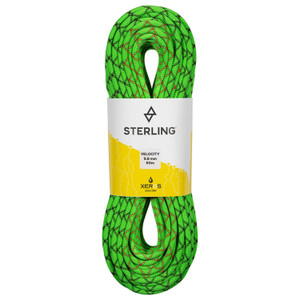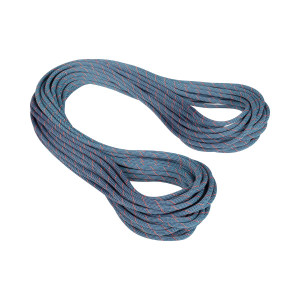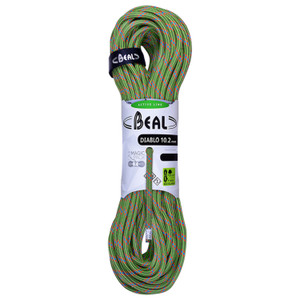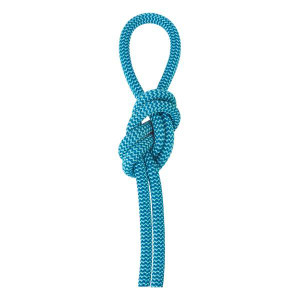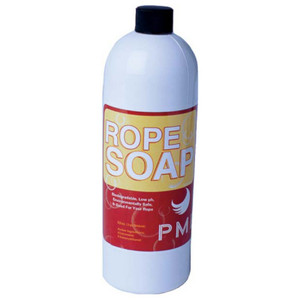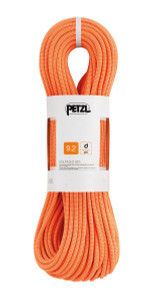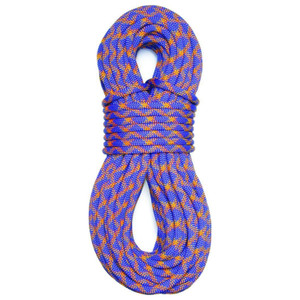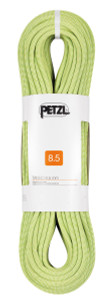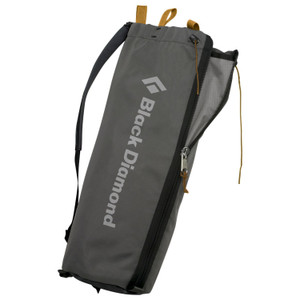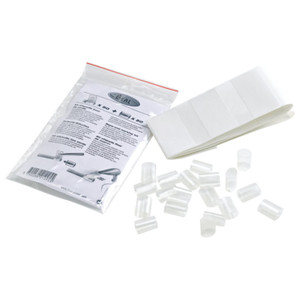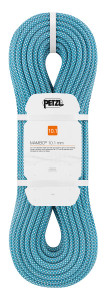Climbing Ropes
Climbing ropes are essential safety equipment used in various types of climbing to protect climbers from falls, assist in ascending or descending, and connect climbers to anchors, belay systems, or partners. They are made with a strong core (kern) and a durable outer sheath (mantle), and they come in different types based on use, stretch, and configuration.
Main Types of Climbing Ropes:
1. Dynamic Ropes (Stretchy)
These ropes stretch to absorb the force of a fall, reducing the impact on the climber and gear.
a. Single Rope
-
Used alone (one rope)
-
Most common for sport, gym, and trad climbing
-
Diameter: ~8.9–10.5 mm
-
Length: Usually 60–70 meters
Best for: Sport climbing, trad climbing, indoor climbing
b. Half Rope (also called Double Rope)
-
Used in pairs, but clipped alternately into protection
-
Reduces rope drag on wandering routes
-
Offers redundancy and longer rappels
Best for: Trad climbing, ice climbing, alpine routes
c. Twin Rope
-
Used in pairs, but both ropes are clipped together into each piece of protection
-
Thinner than half ropes
-
Strongest as a pair, not individually
Best for: Ice climbing, long alpine routes where weight savings are critical
2. Static Ropes (Non-stretch)
These ropes have minimal stretch, making them unsafe for lead falls, but perfect for:
-
Rappelling
-
Rope access
-
Hauling gear
-
Rescue work
-
Fixed lines
Best for: Caving, rescue, jugging (ascending), rappelling
Key Features to Consider:
| Feature | Description |
|---|---|
| Diameter | Thicker = more durable; thinner = lighter but less durable |
| Length | Most are 60–70 meters; longer ropes allow longer pitches |
| Dry Treatment | Coating that resists water—important for ice or alpine climbing |
| Impact Force | Lower is better—means a softer fall catch |
| Fall Rating | How many major falls the rope can withstand (UIAA standard) |
Important Rope Safety Tips:
-
Inspect regularly for frays, flat spots, or sheath damage.
-
Retire the rope after a big fall, visible damage, or every 5–10 years (even if unused).
-
Store in a cool, dry place, away from sunlight and chemicals.
Would you like a comparison table to help choose between rope types for different climbing styles?


